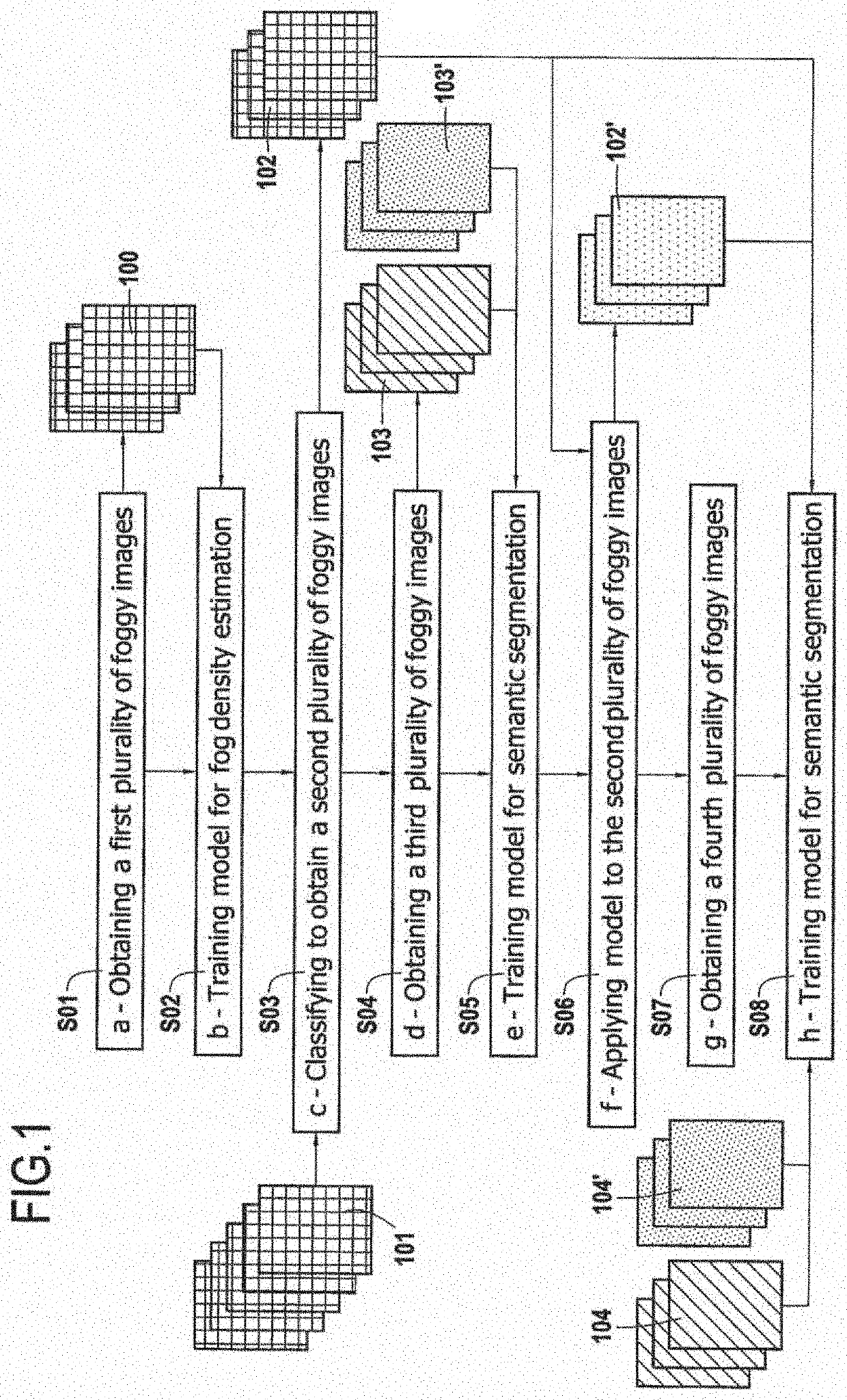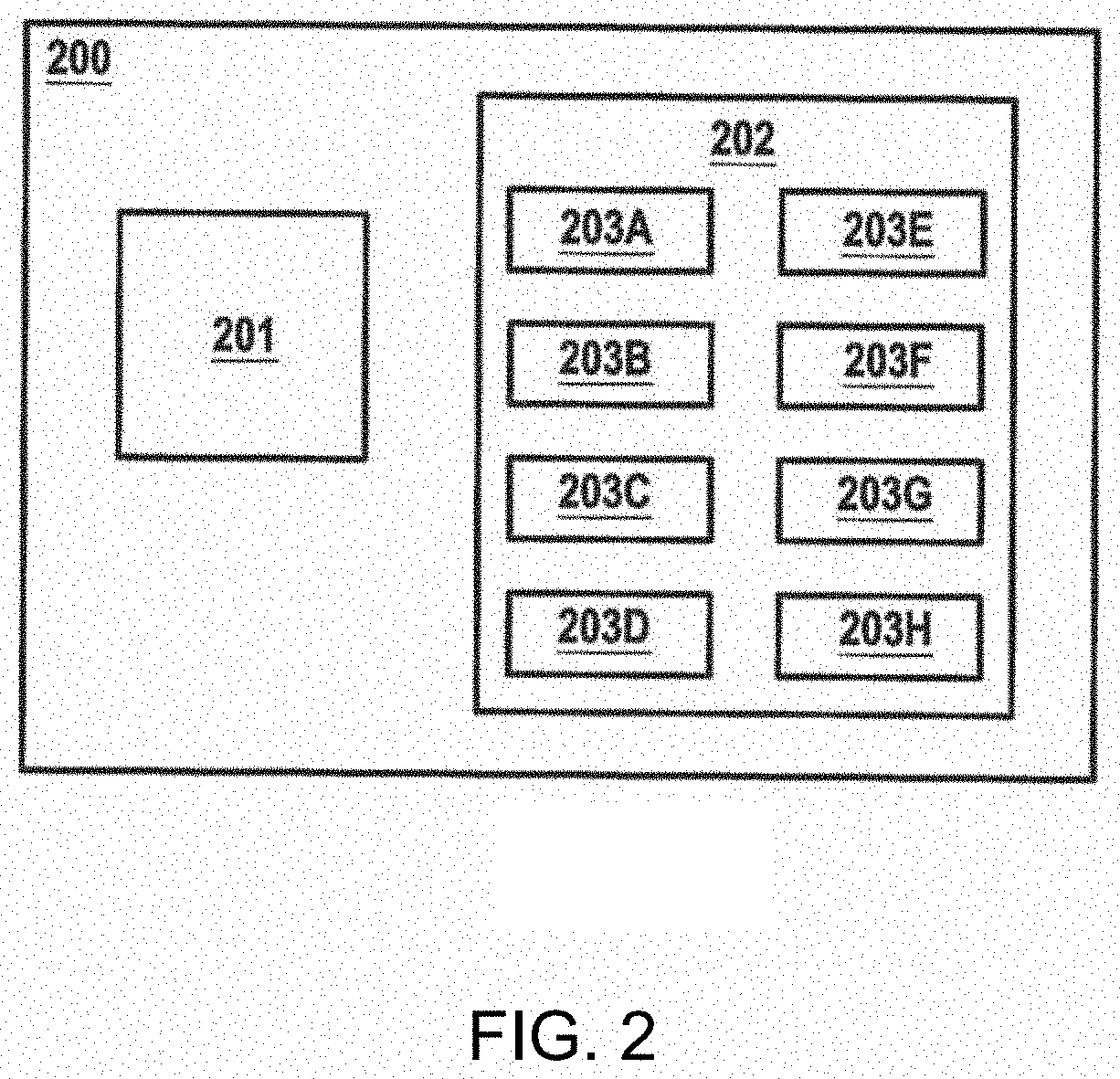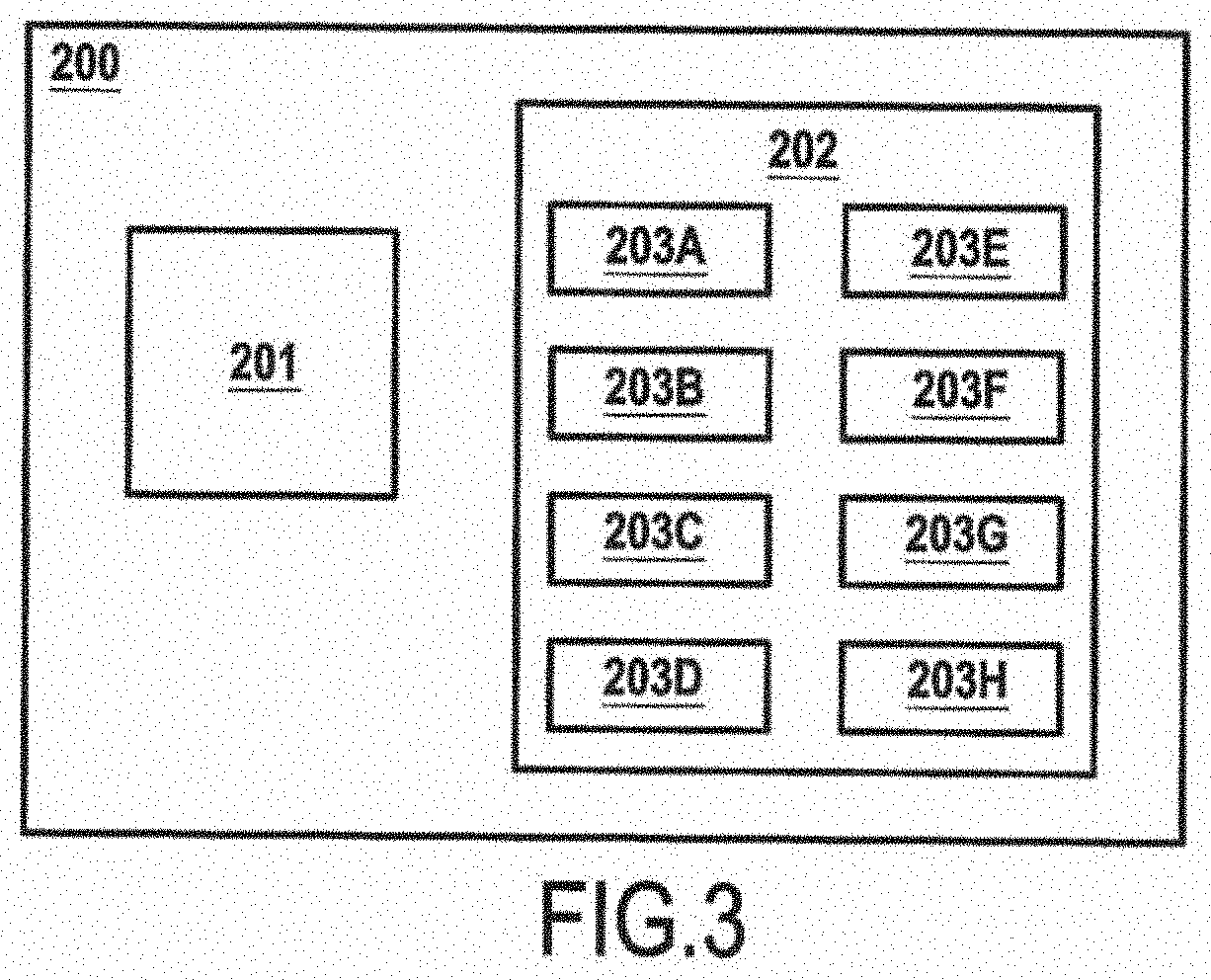A method and a system training a model to perform semantic segmentation on foggy images
- Summary
- Abstract
- Description
- Claims
- Application Information
AI Technical Summary
Benefits of technology
Problems solved by technology
Method used
Image
Examples
Embodiment Construction
[0065]A method for training a model is shown on FIG. 1.
[0066]This model may be, initially, a neural network or a convolutional neural network which may have been conceived to perform semantic segmentation on images. However, initially, the model has not been trained to perform semantic segmentation on foggy images.
[0067]The images which may be processed by the model (after complete training) may be photographs taken by image sensors. A plurality of objects may be visible on these images, preferably objects of different types which may or may not overlap.
[0068]By way of example, the images show a scene which may be visible from a vehicle on a road, for example in a street.
[0069]In a first step S01, a first plurality of foggy images having different densities of synthetic fog.
[0070]This step may be performed using a plurality of images which do not have fog on them.
[0071]In order to have realistic synthetic fog on these images, the synthetic fog may be added as follows on each initial...
PUM
 Login to View More
Login to View More Abstract
Description
Claims
Application Information
 Login to View More
Login to View More - R&D
- Intellectual Property
- Life Sciences
- Materials
- Tech Scout
- Unparalleled Data Quality
- Higher Quality Content
- 60% Fewer Hallucinations
Browse by: Latest US Patents, China's latest patents, Technical Efficacy Thesaurus, Application Domain, Technology Topic, Popular Technical Reports.
© 2025 PatSnap. All rights reserved.Legal|Privacy policy|Modern Slavery Act Transparency Statement|Sitemap|About US| Contact US: help@patsnap.com



